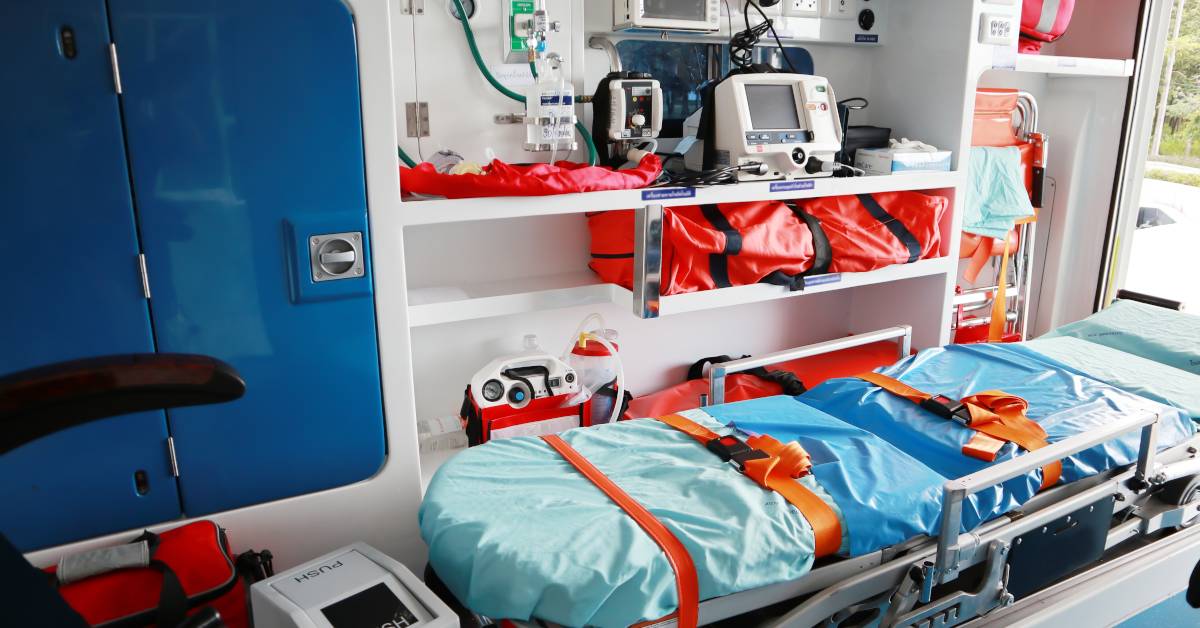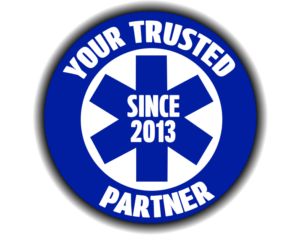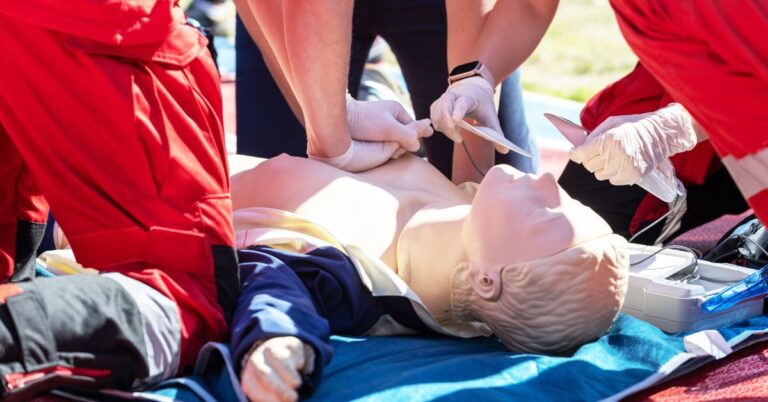
Best Practices for Maintaining and Calibrating Medical Equipment in the Field
As an EMT or first responder, you know that medical equipment is the backbone of your life-saving work. Ensuring your medical equipment is properly maintained and calibrated is crucial for providing accurate diagnoses and effective treatments. In this article, we’ll explore the best practices for keeping your medical equipment in top shape, even in the demanding field environment.
Understand the Importance of Calibration
Calibration is the process of adjusting your medical equipment to ensure it provides accurate and reliable readings. Proper calibration is essential for patient safety and care. Uncalibrated medical equipment can lead to misdiagnoses, improper treatments, and even endanger patient lives. When you regularly calibrate your medical equipment, you’ll have confidence in the data it provides. Hence, you get to make informed decisions and deliver the best possible care.
Establish a Maintenance Routine
Developing a consistent maintenance routine is key to keeping your medical equipment in peak condition. Start by creating a comprehensive inventory of all your medical equipment. Assign each item a unique identifier and maintain detailed records of its usage, maintenance, and calibration history.
Implement a regular calibration schedule based on the manufacturer’s recommendations and your own field experience as an EMT. Many medical equipment manufacturers suggest calibrating their devices annually or semi-annually, but you may need to adjust the frequency based on the equipment’s usage and environmental conditions.
Proper Storage and Handling
Proper storage and handling of your medical equipment can significantly extend its lifespan and maintain its accuracy. Store medical equipment in a clean, dry, and temperature-controlled environment, away from direct sunlight or extreme temperatures. Avoid exposing medical equipment to moisture, dust, or other contaminants that could interfere with its performance.
When transporting medical equipment, use sturdy cases or containers to protect it from physical damage. Carefully follow the manufacturer’s instructions for packing and unpacking the equipment to prevent any accidental bumps or drops that could throw off its calibration.
Perform Regular Inspections
Regular inspections of your medical equipment can help you identify potential issues before they become major problems. Visually inspect each item for any signs of wear, damage, or malfunctioning components. Test the equipment’s functionality by running it through its full range of operations and verifying its accuracy against known standards.
If you notice any discrepancies or irregularities, address them immediately. Consult the manufacturer’s guidelines or reach out to a qualified technician for assistance. Prompt attention to maintenance issues can help prevent costly repairs or replacements down the line.
Partnering with Coast Biomedical Equipment
If you need assistance with medical equipment maintenance, calibration, or any other related services, don’t hesitate to reach out to the experts at Coast Biomedical Equipment.





